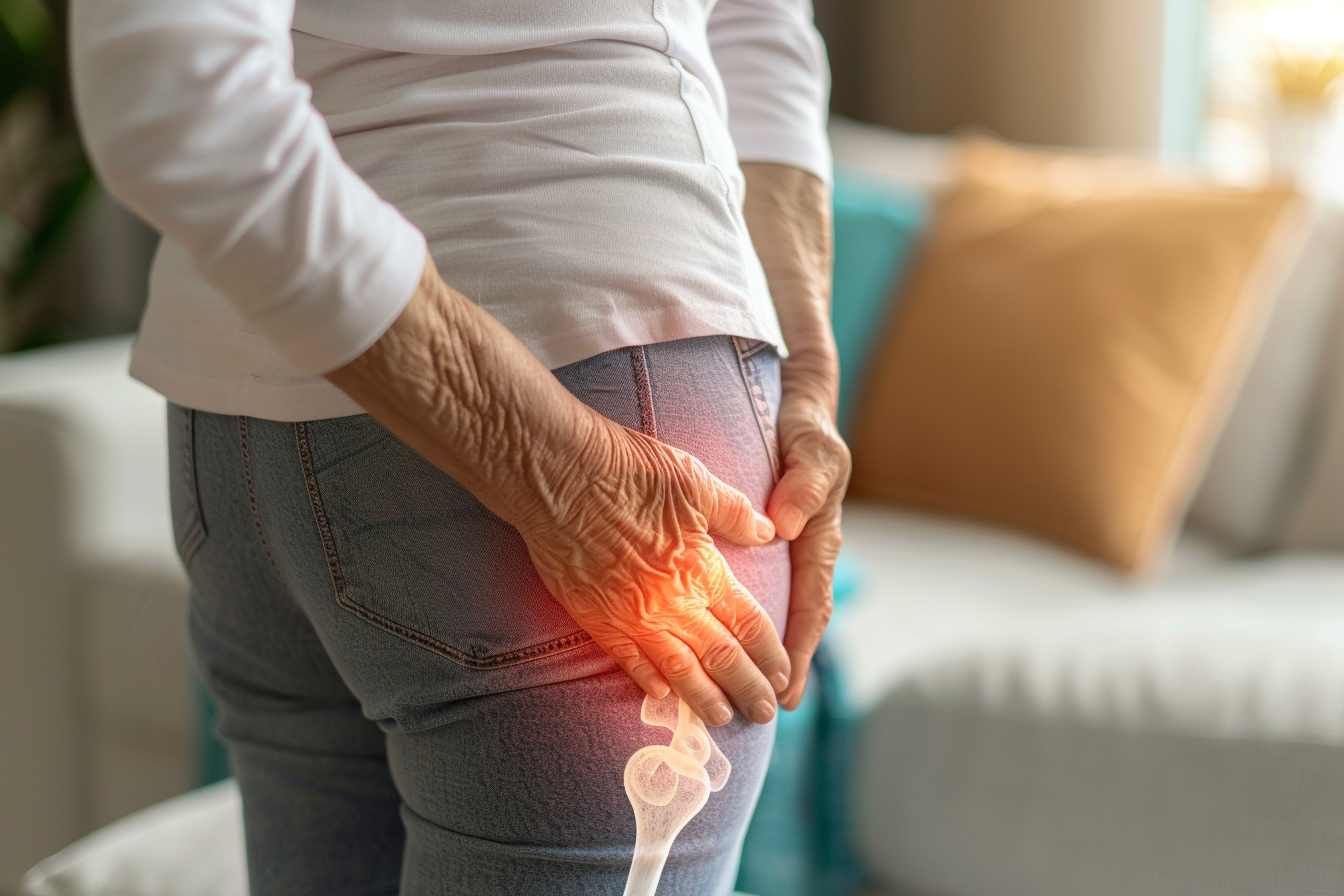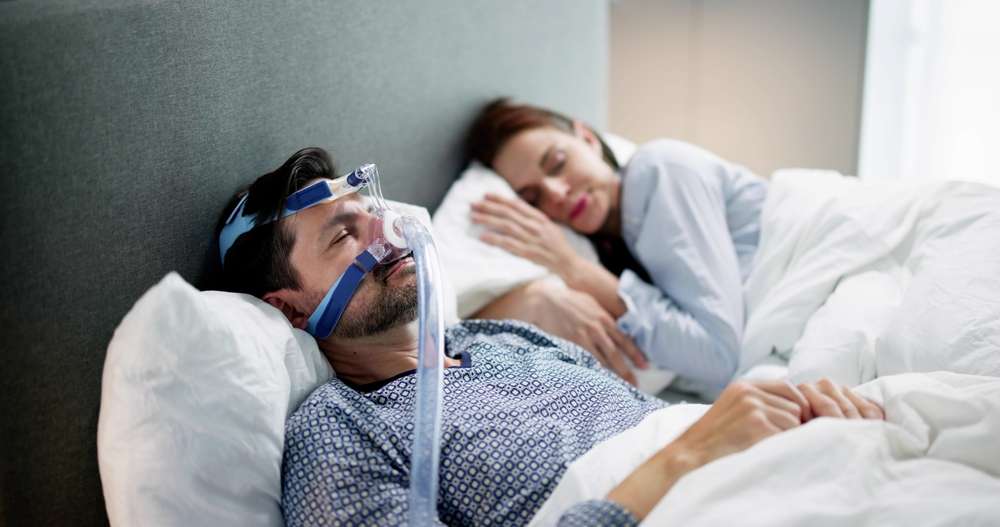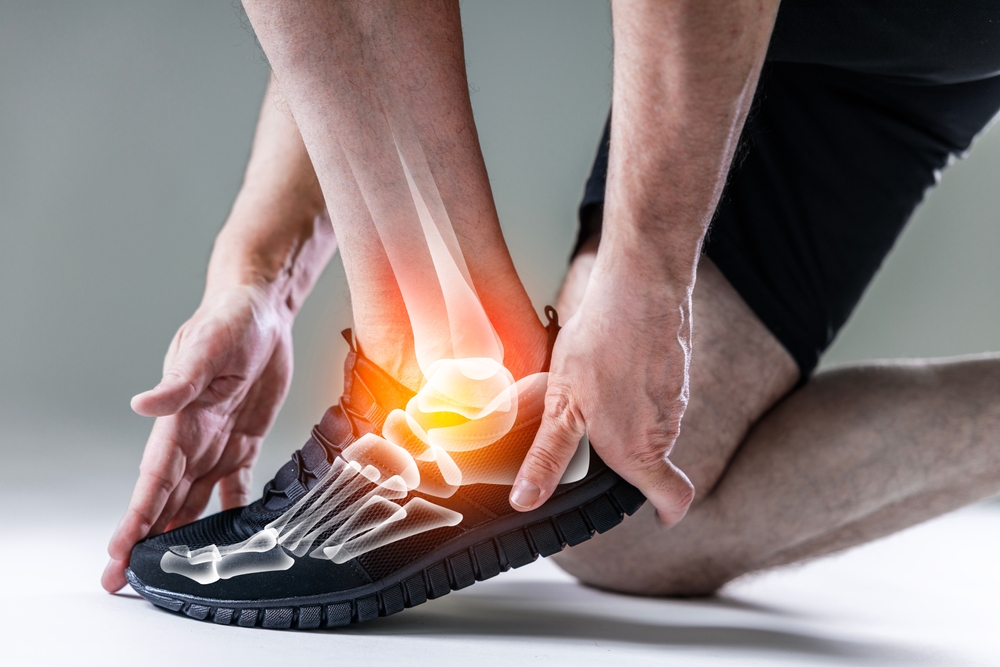Knee Pain After 40? Doctors Warn About These Early Arthritis Signs
Knee pain that shows up after the age 40 isn't something you should ignore. Doctors say many people dismiss early symptoms of arthritis until the damage is already progressing. These subtle warning signs often appear long before the pain becomes severe and most people never recognize them.

As people reach their 40s, many begin noticing changes in their bodies, and knee pain is among the most common complaints. While some discomfort may seem minor or temporary, doctors caution that certain symptoms shouldn’t be ignored. These early indicators often point to developing arthritis, a degenerative joint condition that affects millions of adults. Recognizing these warning signs and understanding their medical significance can help individuals seek appropriate care before the condition progresses.
Early Warning Signs of Knee Arthritis After 40
Arthritis doesn’t develop overnight, and the body typically provides subtle clues before significant joint damage occurs. One of the earliest signs is morning stiffness that lasts more than 30 minutes after waking. This stiffness occurs because the synovial fluid in the joint thickens overnight, and damaged cartilage struggles to facilitate smooth movement. Another key warning sign is pain that worsens with activity and improves with rest, particularly after climbing stairs, kneeling, or standing for extended periods.
Swelling around the knee joint, even if mild, indicates inflammation—a hallmark of arthritis. This swelling may come and go initially but tends to become more persistent as cartilage deterioration progresses. Reduced range of motion is another red flag; if you notice difficulty fully bending or straightening your knee, the joint structures may already be compromised. Additionally, a sensation of warmth around the knee, especially when accompanied by tenderness, suggests active inflammation that requires medical evaluation.
Common Causes of Knee Clicking and What They Mean Medically
Many people over 40 experience clicking, popping, or grinding sounds in their knees, medically termed crepitus. While occasional painless clicking may be harmless, persistent sounds accompanied by discomfort warrant attention. One common cause is the breakdown of articular cartilage, the smooth tissue covering bone ends within the joint. As this cartilage wears away, bones may rub together, creating audible friction.
Another cause involves the movement of tendons or ligaments over bony structures around the knee. When these soft tissues become tight or inflamed, they can snap back into place during movement, producing clicking sounds. Meniscus tears, which become more common with age, can also cause clicking sensations, particularly when the torn cartilage catches between joint surfaces during motion. Gas bubbles forming and collapsing within the synovial fluid can create popping sounds, though this phenomenon is generally benign unless accompanied by pain.
Medically, clicking with pain often indicates structural damage requiring assessment. Doctors may recommend imaging studies like X-rays or MRIs to determine whether cartilage loss, meniscal tears, or bone changes are present. Early diagnosis allows for interventions that can slow progression and preserve joint function.
When Knee Pain Indicates Cartilage Wear or Joint Damage
Not all knee pain signals serious damage, but certain characteristics suggest cartilage wear or structural problems. Pain that occurs during weight-bearing activities and diminishes with rest typically indicates cartilage deterioration. As cartilage thins, bones lose their protective cushioning, causing pain when pressure is applied. Sharp, stabbing pain during specific movements, such as twisting or pivoting, may indicate meniscal tears or ligament issues.
Persistent aching that intensifies toward the end of the day often reflects joint overuse combined with inadequate cartilage support. If pain begins interfering with daily activities—walking, climbing stairs, or getting in and out of chairs—the damage has likely progressed beyond early stages. Locking or catching sensations, where the knee momentarily feels stuck, strongly suggest loose cartilage fragments or meniscal tears obstructing joint movement.
Doctors emphasize that pain accompanied by visible deformity, such as the knee appearing misaligned or bowed, indicates advanced joint damage. Similarly, instability or a sensation that the knee might give way points to ligament weakness or significant cartilage loss. These symptoms require prompt medical evaluation to determine appropriate treatment strategies, which may range from physical therapy and medications to surgical interventions in severe cases.
Understanding Risk Factors Beyond Age
While age is a primary risk factor for knee arthritis, several other elements contribute to joint deterioration. Previous knee injuries, including ligament tears or fractures, significantly increase arthritis risk later in life. Excess body weight places additional stress on knee joints, accelerating cartilage breakdown—each pound of body weight translates to approximately four pounds of pressure on the knees during walking.
Genetics also play a role; individuals with family histories of arthritis face higher risks. Occupations or activities requiring repetitive knee stress, such as construction work, nursing, or high-impact sports, contribute to earlier cartilage wear. Certain medical conditions, including rheumatoid arthritis and metabolic disorders, can trigger inflammatory processes that damage joint tissues.
Preventive Measures and Early Intervention Strategies
Fortunately, recognizing early arthritis signs allows for interventions that can slow progression. Maintaining a healthy weight reduces joint stress and inflammation. Low-impact exercises like swimming, cycling, and walking strengthen supporting muscles without excessive joint strain. Physical therapy can improve joint mechanics and reduce pain through targeted exercises and manual techniques.
Anti-inflammatory medications, when used appropriately under medical supervision, help manage pain and swelling. Supplements such as glucosamine and chondroitin show mixed results in research but may benefit some individuals. Corticosteroid or hyaluronic acid injections provide temporary relief for moderate symptoms. In advanced cases, surgical options including arthroscopy, osteotomy, or joint replacement may be necessary.
Conclusion
Knee pain after 40 deserves attention, especially when accompanied by stiffness, swelling, clicking sounds, or functional limitations. These symptoms often represent early arthritis signs that, when addressed promptly, respond better to conservative treatments. Understanding the medical significance of these warning signals empowers individuals to seek timely evaluation and implement strategies that preserve joint health. While aging inevitably affects joints, proactive management can maintain mobility and quality of life for years to come.
This article is for informational purposes only and should not be considered medical advice. Please consult a qualified healthcare professional for personalized guidance and treatment.




